What Is Speech Recognition?
Speech recognition is the technology that allows a computer to recognize human speech and process it into text. It’s also known as automatic speech recognition (ASR), speech-to-text, or computer speech recognition.
Speech recognition systems rely on technologies like artificial intelligence (AI) and machine learning (ML) to gain larger samples of speech, including different languages, accents, and dialects. AI is used to identify patterns of speech, words, and language to transcribe them into a written format.
In this blog post, we’ll take a deeper dive into speech recognition and look at how it works, its real-world applications, and how platforms like aiOla are using it to change the way we work.

Basic Speech Recognition Concepts
To start understanding speech recognition and all its applications, we need to first look at what it is and isn’t. While speech recognition is more than just the sum of its parts, it’s important to look at each of the parts that contribute to this technology to better grasp how it can make a real impact. Let’s take a look at some common concepts.
Speech Recognition vs. Speech Synthesis
Unlike speech recognition, which converts spoken language into a written format through a computer, speech synthesis does the same in reverse. In other words, speech synthesis is the creation of artificial speech derived from a written text, where a computer uses an AI-generated voice to simulate spoken language. For example, think of the language voice assistants like Siri or Alexa use to communicate information.
Phonetics and Phonology
Phonetics studies the physical sound of human speech, such as its acoustics and articulation. Alternatively, phonology looks at the abstract representation of sounds in a language including their patterns and how they’re organized. These two concepts need to be carefully weighed for speech AI algorithms to understand sound and language as a human might.
Acoustic Modeling
In acoustic modeling, the acoustic characteristics of audio and speech are looked at. When it comes to speech recognition systems, this process is essential since it helps analyze the audio features of each word, such as the frequency in which it’s used, the duration of a word, or the sounds it encompasses.
Language Modeling
Language modeling algorithms look at details like the likelihood of word sequences in a language. This type of modeling helps make speech recognition systems more accurate as it mimics real spoken language by looking at the probability of word combinations in phrases.
Speaker-Dependent vs. Speaker-Independent Systems
A system that’s dependent on a speaker is trained on the unique voice and speech patterns of a specific user, meaning the system might be highly accurate for that individual but not as much for other people. By contrast, a system that’s independent of a speaker can recognize speech for any number of speakers, and while more versatile, may be slightly less accurate.
How Does Speech Recognition Work?
There are a few different stages to speech recognition, each one providing another layer to how language is processed by a computer. Here are the different steps that make up the process.
- First, raw audio input undergoes a process called preprocessing, where background noise is removed to enhance sound quality and make recognition more manageable.
- Next, the audio goes through feature extraction, where algorithms identify distinct characteristics of sounds and words.
- Then, these extracted features go through acoustic modeling, which as we described earlier, is the stage where acoustic and language models decide the most accurate visual representation of the word. These acoustic modeling systems are based on extensive datasets, allowing them to learn the acoustic patterns of different spoken words.
- At the same time, language modeling looks at the structure and probability of words in a sequence, which helps provide context.
- After this, the output goes into a decoding sequence, where the speech recognition system matches data from the extracted features with the acoustic models. This helps determine the most likely word sequence.
- Finally, the audio and corresponding textual output go through post-processing, which refines the output by correcting errors and improving coherence to create a more accurate transcription.
When it comes to advanced systems, all of these stages are done nearly instantaneously, making this process almost invisible to the average user. All of these stages together have made speech recognition a highly versatile tool that can be used in many different ways, from virtual assistants to transcription services and beyond.
Types of Speech Recognition Systems
Speech recognition technology is used in many different ways today, transforming the way humans and machines interact and work together. From professional settings to helping us make our lives a little easier, this technology can take on many forms. Here are some of them.
Virtual Assistants
In 2022, 62% of US adults used a voice assistant on various mobile devices. Siri, Google Assistant, and Alexa are all examples of speech recognition in our daily lives. These applications respond to vocal commands and can interact with humans through natural language in order to complete tasks like sending messages, answering questions, or setting reminders.
Voice Search
Search engines like Google can be searched using voice instead of typing in a query, often with voice assistants. This allows users to conveniently search for a quick answer without sorting through content when they need to be hands-free, like when driving or multitasking. This technology has become so popular over the last few years that now 50% of US-based consumers use voice search every single day.
Transcription Services
Speech recognition has completely changed the transcription industry. It has enabled transcription services to automate the process of turning speech into text, increasing efficiency in many fields like education, legal services, healthcare, and even journalism.
Accessibility
With speech recognition, technologies that may have seemed out of reach are now accessible to people with disabilities. For example, for people with motor impairments or who are visually impaired, AI voice-to-text technology can help with the hands-free operation of things like keyboards, writing assistance for dictation, and voice commands to control devices.
Automotive Systems
Speech recognition is keeping drivers safer by giving them hands-free control over in-car features. Drivers can make calls, adjust the temperature, navigate, or even control the music without ever removing their hands from the wheel and instead just issuing voice commands to a speech-activated system.
How Does aiOla Use Speech Recognition?
aiOla’s AI-powered speech platform is revolutionizing the way certain industries work by bringing advanced speech recognition technology to companies in fields like aviation, fleet management, food safety, and manufacturing.
Traditionally, many processes in these industries were manual, forcing organizations to use a lot of time, budget, and resources to complete mission-critical tasks like inspections and maintenance. However, with aiOla’s advanced speech system, these otherwise labor and resource-intensive tasks can be reduced to a matter of minutes using natural language.
Rather than manually writing to record data during inspections, inspectors can speak about what they’re verifying and the data gets stored instantly. Similarly, through dissecting speech, aiOla can help with predictive maintenance of essential machinery, allowing food manufacturers to produce safer items and decrease downtime.
Since aiOla’s speech recognition platform understands over 100 languages and countless accents, dialects, and industry-specific jargon, the system is highly accurate and can help turn speech into action to go a step further and automate otherwise manual tasks.
Embracing Speech Recognition Technology
Looking ahead, we can only expect the technology that relies on speech recognition to improve and become more embedded into our day-to-day. Indeed, the market for this technology is expected to grow to $19.57 billion by 2030. Whether it’s refining virtual assistants, improving voice search, or applying speech recognition to new industries, this technology is here to stay and enhance our personal and professional lives.
aiOla, while also a relatively new technology, is already making waves in industries like manufacturing, fleet management, and food safety. Through technological advancements in speech recognition, we only expect aiOla’s capabilities to continue to grow and support a larger variety of businesses and organizations.
Schedule a demo with one of our experts to see how aiOla’s AI speech recognition platform works in action.
FAQs
What is speech recognition software?
What is a speech recognition example?
What is speech recognition in AI?
What are some different types of speech recognition?
What is the difference between voice recognition and speech recognition?


